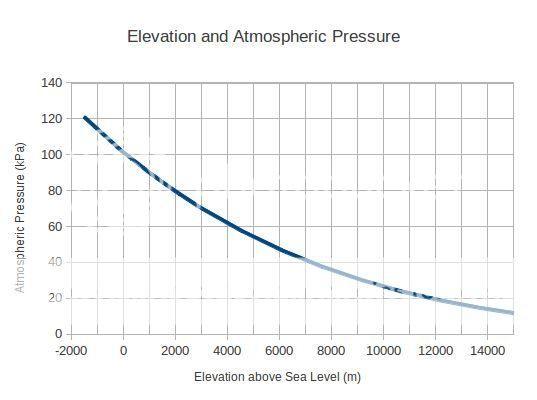RockyMtnMT
Official LRH Sponsor
Ok I need the smart guys to help figure this out. Been using Berger's twist calculator on their web site to calculate stability of bullets we are making. Using the elevation input to show fairly large changes in stability from sea level to 5000 ft elevation. What will not stabilize at sea level has good stability at 5000 ft. According to the calculator. So yesterday we were testing a 177g bullet from a 9 twist barrel at 3000 ft elevation. The rifle was printing oblong holes at two hundred yards indicating to me that we were not stabilized enough to get the bullet on track. So we naturally went to check the twist of the barrel to make sure it was the 9 that was sold as. Turns out to be 9.25". This changes a bit, but according to Berger's calculator it still has a stability factor of 1.23 at 3000 ft elevation. This should be enough to shoot accurately with some sacrifice of bc. So I decided to check JBM twist calculator. JBM's calculator does not have an input for altitude, only for pressure. So I checked the current pressure an used it. JBM says we have a 1.1 stability factor. Still does not explain for sure the oblong holes, but maybe. Pretty marginal. So I decided to look up the pressure at sea level and use that input. It changes very little compared to 3000ft elevation. So I input pressure at very high altitude of 10,000 ft. Still changes very little. The stability factor of the JBM calculator mirrors the Berger calculator as long as you input 0 ft of elevation in the Berger calculator. The test rifle at this point is telling me that the elevation change of stability factor is bogus.
So after all that....Does elevation make a difference in stability of a bullet or not?
Steve
PS
Shot a 160 AB out of the same rifle at the same session and it cut a round hole.
So after all that....Does elevation make a difference in stability of a bullet or not?
Steve
PS
Shot a 160 AB out of the same rifle at the same session and it cut a round hole.

